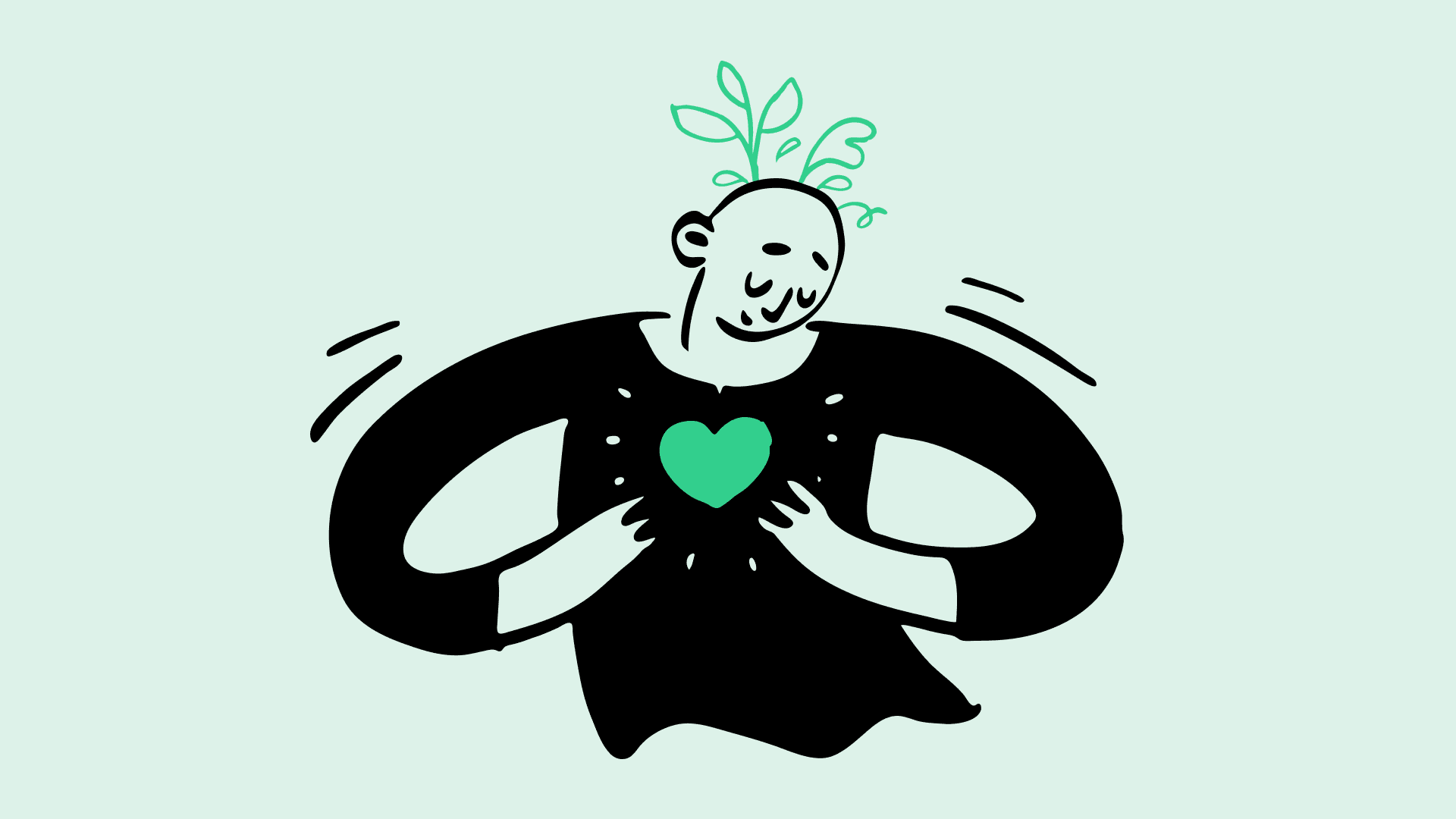
Is Human-centered Design the problem?
Half a decade ago, I wrote a blog post titled "From Human-centered to Life-centered Design". It wasn't a literary masterpiece, but it was significant to me as it was the result of my identity crisis as a UX professional. I found myself at a crossroads, questioning the core tenet of my work: putting humans at the center.
Fast forward five years, and I stand in a landscape transformed. I am surrounded by a community of visionary designers committed to a life-centric future. Whether we label it Life-centered Design, Sustainable UX Design, or even Humanity-centered Design, we are collectively steering design towards a new norm.
Exploring the paradox: Beyond Human-centered Design
In this collective journey, we confronted the paradox: acknowledging the importance of designing for all life necessitates removing the human from the center.
Nevertheless, when we critically examine it, there is reason to stop and ask ourselves: Is Human-centered Design truly the problem?
I want you to bear with me, but for now, my answer to this question is: No.
Identifying the true issue: Short-term desires vs. true humanity
Because the issue is not Human-centered Design, it much rather lies in our failure to truly design for human needs and well-being. Instead, we often cater to short-term human desires that serve the current economic system, conveniently labeling it as "Human-centered Design." It serves companies well and makes us designers feel good about ourselves and our work, but it falls short of being truly human-centered.
To bring it to a point: The issue doesn't lie in centering design around human needs and well-being; it's the short-term desires we've mistaken for true humanity.
Unmasking illusions: The peril of pseudo "Human-centered Design"
Consider a social platform engineered to induce dopamine rushes, cultivating shopping addictions, and fostering unhealthy comparisons. It might feel momentarily satisfying, but it's a perilous illusion. This pseudo "Human-centered Design" benefits companies and influencers, providing short-term gains at an invisible cost – one borne by both the environment and the humans it purportedly serves.
Let's shift from the virtual realm to a tangible example – carless cities. Ask someone who has experienced the tranquility of such a city, and they'll rave about its wonders. Yet, pose the idea of removing cars from their own city beforehand, and you might encounter resistance due to perceived short-term inconveniences. This paradox underscores a truth often learned in design careers: what users desire may not align with their actual needs or well-being.
These examples illuminate the complexity woven into Human-centered considerations – a blend of genuine needs, desires, and sometimes conflicting interests. However, our exploration of Human-centered Design doesn't end here; two more crucial aspects need our attention:
1. The inseparability of human needs from system needs
This complexity deepens when we confront the destructive consequences of our actions on the climate. We can no longer separate our needs from the needs of the system we inhabit. The climate crisis is a stark reminder that true human-centered design must be life-centered, considering the well-being not just of individuals, but of the entire ecosystem we depend on.
2. Human-centered Design and sustainability in ISO 9241-210
In fact the ISO 9241-210, the standard dedicated to Human-centered Design, already acknowledges this co-dependency and highlights sustainability as a key objective. It emphasizes the role of design in enhancing sustainability, acknowledging that the impact of our creations extends beyond the immediate user experience.
However, despite this recognition, there seems to be a gap between theory and practice in our field. The tools and methodologies applied by UX designers often lack a focused commitment to sustainability.
A question of terms
This brings us to the a crucial question: Examining all that we did, can we simply stick with the term Human-centered Design, or is it time for a paradigm shift? Life-centered Design emerges as a compelling alternative, encapsulating the broader responsibility we bear towards the interconnected web of life.
Reflecting on the power of words, I recall how the term "Life-centered Design" resonated with me in my identity-crisis. It wasn't just a linguistic shift; it sparked a vivid image in my mind, propelling me into action. This term had a transformative effect not only on me but on those I engaged with. It became a catalyst for change, empowering and inspiring a collective shift in perspective.
Conclusion
In conclusion, while “true” Human-centered Design is not inherently problematic, the challenges of our times necessitate a language that recognizes our responsibility to the entirety of life on this planet. Life-centered Design is more than a semantic shift; it's a call to make people feel, see, and live the change. It's a tool for empowerment and inspiration in our collective journey toward a more sustainable and interconnected future.